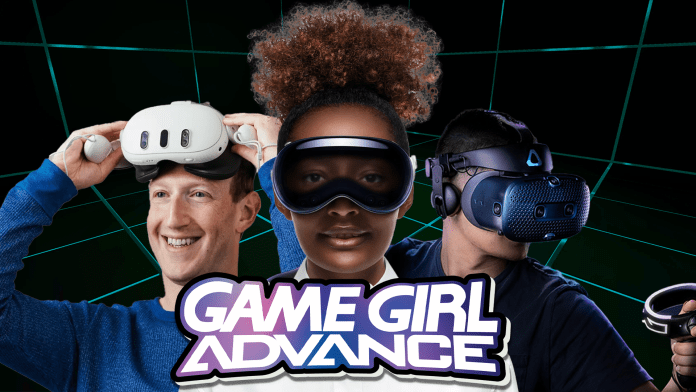The current landscape of VR gaming has reached a point where consumers are presented with four main options: Meta’s Quest line of headsets, Sony’s Playstation VR, the Valve Index and the HTC Vive. Just this past month, the release of the Apple Vision Pro (AVP), while not a gaming headset, has established a new cutting edge in VR technology and the world of “spatial computing.”
I visited an Apple store recently and got a hands-on demo of AVP. Speaking as a long time user of the Meta Quest 2 and general VR enthusiast, I can say it is truly groundbreaking. AVP hasn’t reinvented the wheel with its basic functions, but the accuracy and ease of use is leagues ahead of what any other competitor in the VR space is putting out.
AVP is marketed not for entertainment, but rather for productivity. Vision OS 1.0 offers similar functionality to other Apple computers, but shifts from traditional Graphical User Interfaces (GUIs) into “Spatial Computing.” This allows for an augmented reality concept which still makes use of GUIs, but is now presented in floating windows in your face.
Technically, considering the way AVP achieves this effect, augmented reality is a misnomer. Light from the surrounding environment does not land in the human retina, but rather in camera lenses, which then recreate a virtual reality representation, then presented on screens within the headset.
Additionally, AVP is unique in its lack of handheld controls. Instead, it utilizes highly advanced hand-tracking to register specific gestures. Meta’s VR headsets have had such features in beta, but their accuracy is spotty at best. Users interact with Vision OS in three primary ways: eye-tracking, which measures a focal point based on the angle of your pupils, physical buttons like the digital crown, borrowed heavily from the Apple Watch, and some of the highest fidelity hand-tracking on the market.
AVP is also far more comfortable than other VR headsets. The hand-tracking does not require wild arm movements, but rather tracks gestures, allowing the user to place their arms wherever is comfortable, so long as finger and hand mobility is preserved.
VR as an industry continues to struggle with mass adoption, still teetering between the early adoption phase and the transition into growth. While AVP is a technological marvel, its use cases remain limited to a virtual display and computing device as an alternative to standard computing workspaces or other mobile devices. In order for it to take off as mainstream wearable tech like smartwatches, we’ll need to see a radical reduction in form factor, likely by incorporating solid state batteries.
In the meantime, Apple’s indirect competitors in the world of VR gaming will likely do everything in their power to emulate the leaps and bounds of AVP. Although unlikely, Apple is currently very well positioned to enter the VR gaming market and offer potentially the best performance headset yet to exist.

